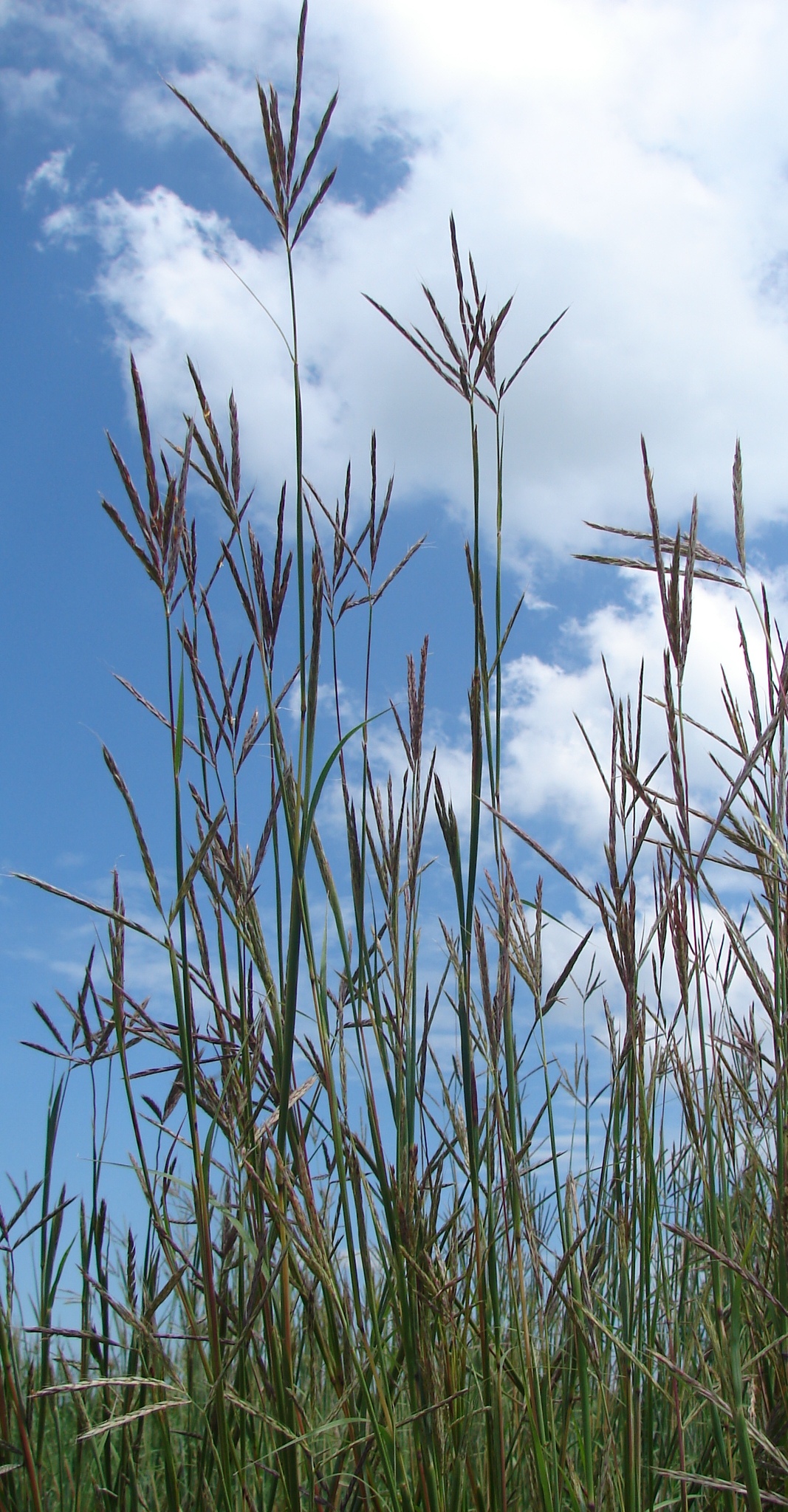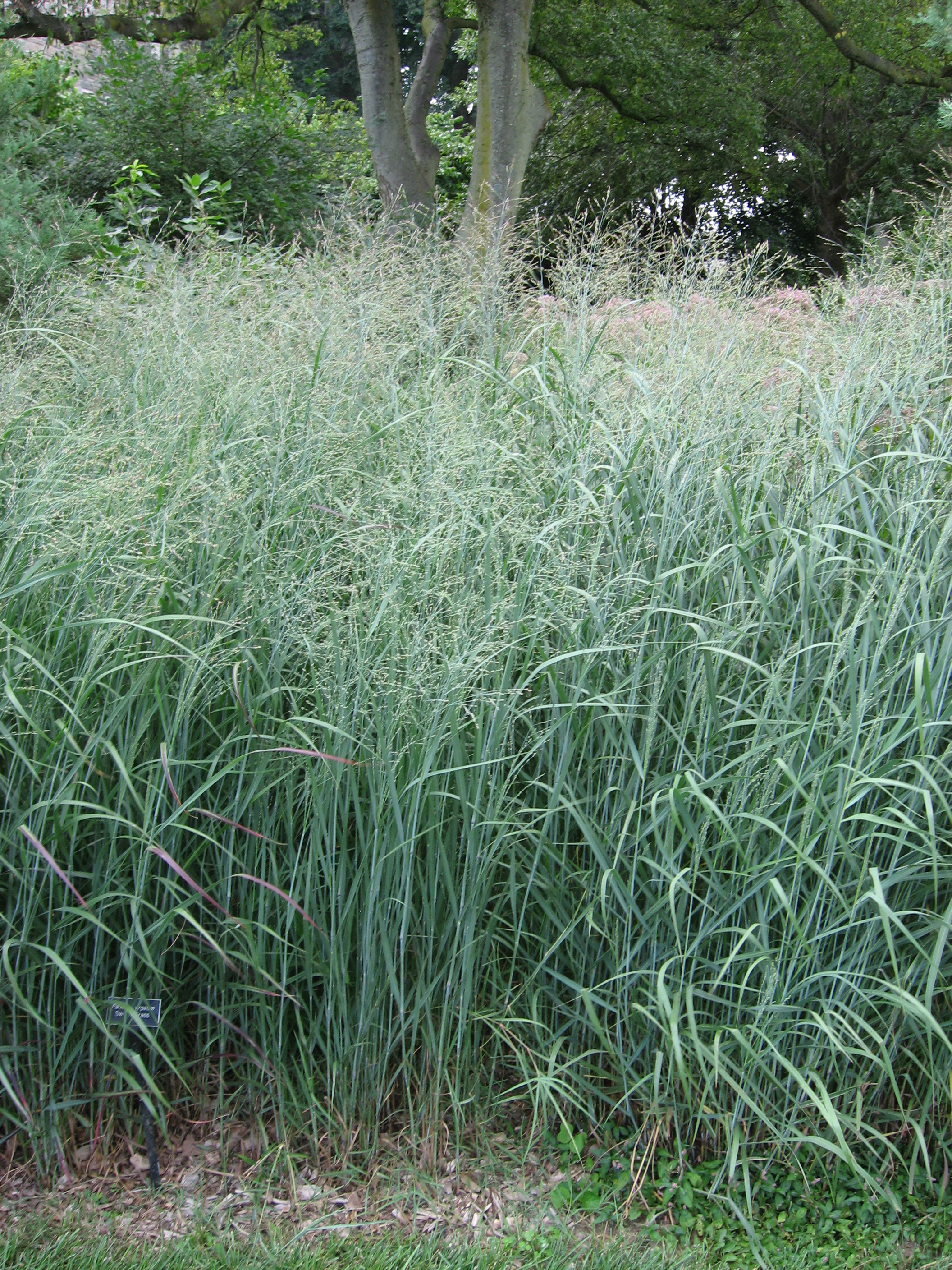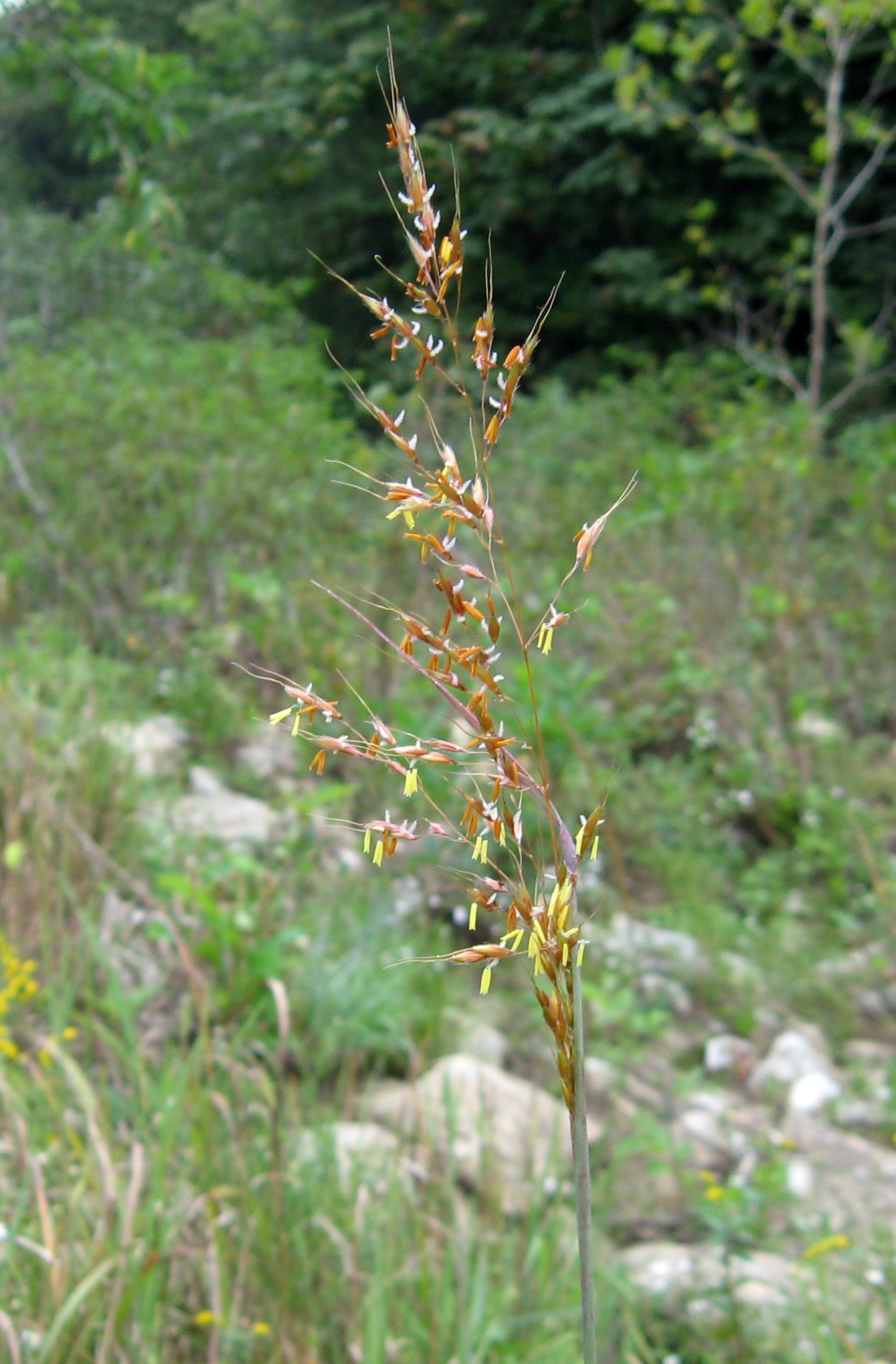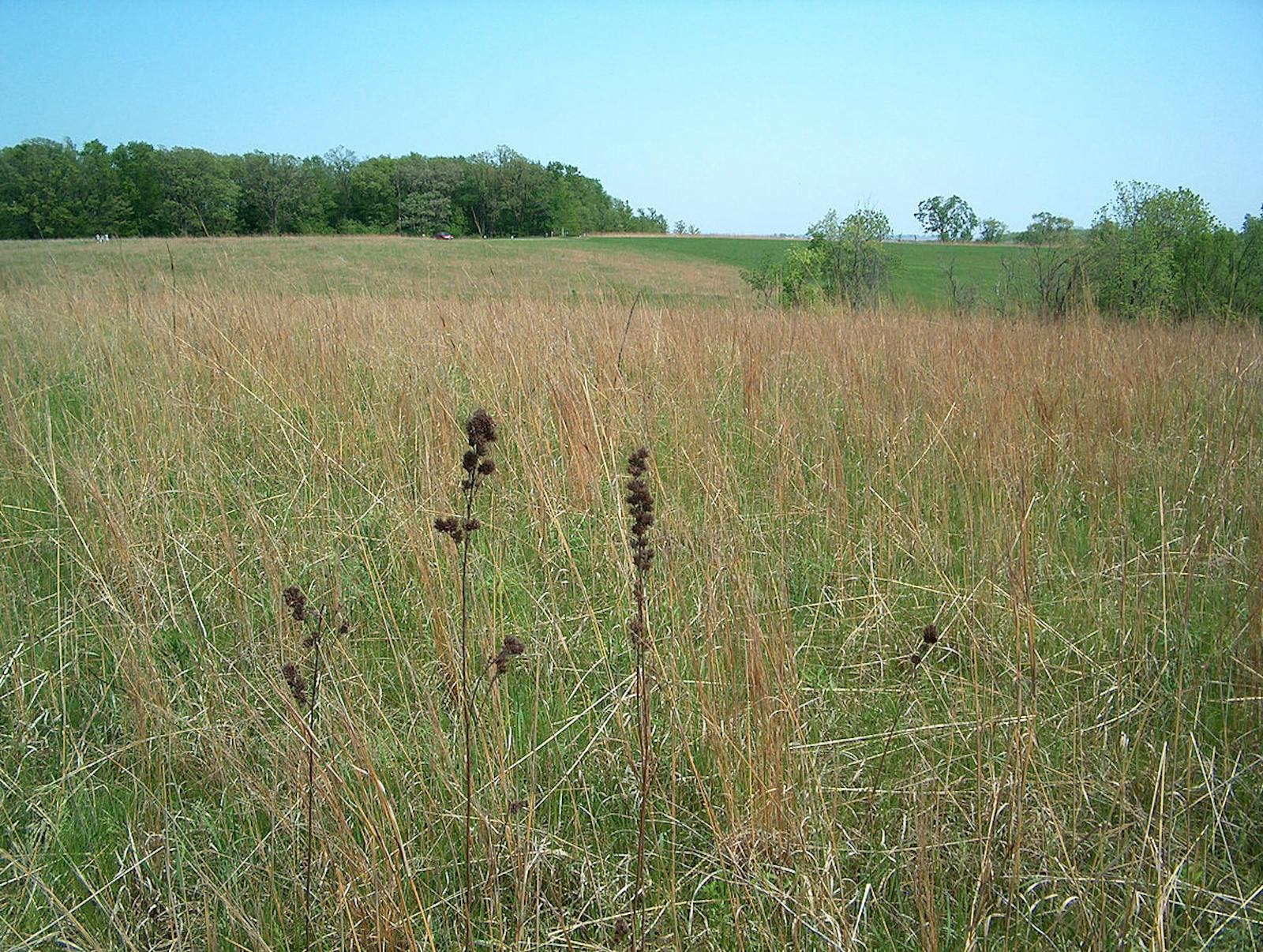Central Tallgrass Prairie
The ecoregion’s land area is provided in units of 1,000 hectares. The conservation target is the Global Safety Net (GSN1) area for the given ecoregion. The protection level indicates the percentage of the GSN goal that is currently protected on a scale of 0-10. N/A means data is not available at this time.
Bioregion: Midwestern Tallgrass Prairie & Forest Transition (NA21)
Realm: Northern America
Ecoregion Size (1000 ha):
34,278
Ecoregion ID:
388
Conservation Target:
1%
Protection Level:
10
States: United States: IA, MN, SD, NE, KS, OK
The Central Tallgrass Prairie ecoregion, the heart of the tallgrass prairie, is the iconic North American prairie, with grasses up to 3 m tall on the best soils (though around 1 m is more typical), waving in the wind over root systems just as long or sometimes longer. It occupies a large area west of the Central US Forest-Grasslands Transition and Ozark Highlands Mixed Forests ecoregions, southwest of the Upper Midwest US Forest-Savanna Transition, southeast of the Canadian Aspen Forests and Parklands, and east of the Northern Shortgrass Prairie, Nebraska Sand Hills Mixed Grasslands, Central-Southern US Mixed Grasslands, Flint Hills Tallgrass Prairie, and Cross-Timbers Savanna-Woodland.
Like all predominantly grassland ecoregions with soils well-suited to agriculture, the Central Tallgrass Prairie has been almost entirely converted – more so than any other tallgrass prairie region. Protection of its remnant natural areas and restoration of cropland back to prairie is of high priority.

The flagship species of the Central Tallgrass Prairie ecoregion is the big bluestem. Image credit: Courtesy of USFWS Mountain Prairie
The climate of the Central Tallgrass Prairie ranges from humid warm temperate to humid warm continental. This ecoregion is the most mesic (moist) of all the grasslands of the Great Plains, with the highest rainfall (averaging around 100 cm per year) and the generally deepest soils. It also has the longest growing season. Of all the grassland types in the Great Plains, only in the Central Tallgrass Prairie does precipitation equal or exceed potential evaporation. All of these factors made the Central Tallgrass Prairie the most suitable grassland region in North America for crop agriculture.
The dominant grass species are big bluestem, Indiangrass, and switchgrass. On drier sites or more shallow soils, little bluestem, grama grasses, dropseeds, needlegrasses, and other grasses often dominate. Common forbs (wildflowers) include various species of blazing-stars, prairie-clovers, leadplant, and goldenrods, and more. Plant species richness is higher than in any grasslands of North America except some southeastern types (e.g., longleaf pine savannas). Tallgrass prairies in Iowa have around 265 plant species; a square mile in Nebraska contained 237 species.
Both fire and herbivory from large mammals are considered important factors in the maintenance of tallgrass prairie, and the combination of the two promotes higher biodiversity than either one alone. The original ignition source for fires, important in the evolutionary history of the tallgrass prairie, was lightning. After development of the Plains Indian culture, however, human-set fires became important and enhanced effects of climatic variability in controlling fire regimes.

Switchgrass. Image credit: Creative Commons
Distinctive prairie birds include greater prairie-chicken (now virtually extirpated from the region), upland sandpiper, northern harrier, Henslow’s sparrow, dickcissel, eastern and western meadowlark, and bobolink. Mammals include many rodents and the American badger. Some of the most distinctive mammals were plains bison, elk (apparently more common than bison in this ecoregion), and their predator, the prairie wolf – all now extinct or extirpated from the region.
Before conversion to agriculture, the Central Tallgrass Prairie was the largest tallgrass prairie ecosystem on Earth. Various sources estimate that more than 99% of the tallgrass prairie east of the Missouri River, which comprises most of this ecoregion, has been destroyed. In Iowa, the heart of this ecoregion, 99.9% has been lost, with remnants mostly on dry and dry-mesic sites too rocky, sandy, dry, or inaccessible to farm.iv Today only 1% of the ecoregion is protected and less than 1% of habitat remains outside protected areas.
Priority conservation actions for the next decade are to: 1) protect and expand existing remnants of natural vegetation, for example by restoring cropland and degraded grassland back to tallgrass prairie; 2) greatly increase federal, state, and local acquisition of conservation lands; and 3) improve management of existing conservation lands.

Indian grass. Image credit: Mason Brock, Creative Commons
Citations
1. Sims, P.L., and P.G. Risser. 2000. Grasslands. Pages 323-356 in M.G. Barbour and W.D. Billings, eds. North American Terrestrial Vegetation, 2nd edition. Cambridge University Press, Cambridge, U.K.
2. Ricketts, T.H. et al. 1999. Terrestrial Ecoregions of North America: A Conservation Assessment. Island Press, Washington, D.C.
3. Tallgrass prairie. https://en.wikipedia.org/wiki/Tallgrass_prairie



